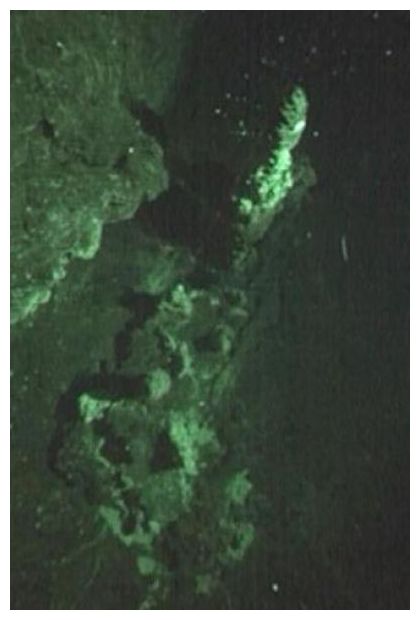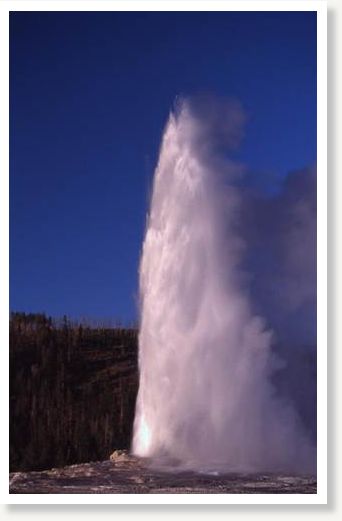
© NOC/SOESPreviously unknown deep-sea volcanic vents have been discovered in the Southern Ocean.
Scientists aboard the Royal Research Ship
James Cook have discovered a new set of deep-sea volcanic vents in the chilly waters of the Southern Ocean. The discovery is the fourth made by the research team in three years, which suggests that deep-sea vents may be more common in our oceans than previously thought.
Using an underwater camera system, the researchers saw slender mineral spires three metres tall, with shimmering hot water gushing from their peaks, and gossamer-like white mats of bacteria coating their sides. The vents are at a depth of 520 metres in a newly-discovered seafloor crater close to the South Sandwich Islands, a remote group of islands around 500 kilometres south-east of South Georgia.
"When we caught the first glimpse of the vents, the excitement was almost overwhelming," says Leigh Marsh, a University of Southampton PhD student who was on scientific watch at the time of the discovery.
Deep-sea vents are hot springs on the seafloor, where mineral-rich water nourishes lush colonies of microbes and deep-sea animals. In the three decades since scientists first encountered vents in the Pacific, around 250 have been discovered worldwide. Most have been found on a chain of undersea volcanoes called the mid-ocean ridge, however, and very few are known in the Antarctic.
